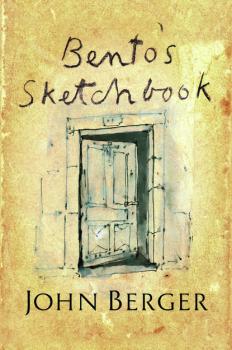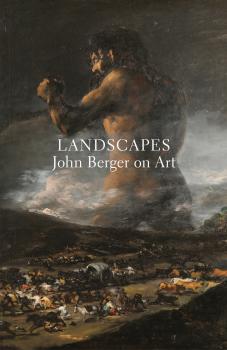ТОП просматриваемых книг сайта:
John Berger
Список книг автора John BergerАннотация
From the War on Terror to resistance in Ramallah and traumatic dislocation in the Middle East, Berger explores the uses of art as an instrument of political resistance. Visceral and passionate, Hold Everything Dear is a profound meditation on the far extremes of human behaviour, and the underlying despair. Looking at Afghanistan, Palestine, and Iraq, he makes an impassioned attack on the poverty and loss of freedom at the heart of such unnecessary suffering. These essays offer reflections on the political at the core of artistic expression and even at the center of human existence itself.
Аннотация
A major new book from one of the world’s leading writers and art critics John Berger, one of the world’s most celebrated art writers, takes us through centuries of drawing and painting, revealing his lifelong fascination with a diverse cast of artists. In Portraits, Berger grounds the artists in their historical milieu in revolutionary ways, whether enlarging on the prehistoric paintings of the Chauvet caves or Cy Twombly’s linguistic and pictorial play. In penetrating and singular prose, Berger presents entirely new ways of thinking about artists both canonized and obscure, from Rembrandt to Henry Moore, Jackson Pollock to Picasso. Throughout, Berger maintains the essential connection between politics, art and the wider study of culture. The result is an illuminating walk through many centuries of visual culture, from one of the contemporary world’s most incisive critical voices.
Аннотация
A meditation, in words and images, on the practice of drawing, by the author of Ways of Seeing. The seventeenth-century philosopher Baruch Spinoza—also known as Benedict or Bento de Spinoza—spent the most intense years of his short life writing. He also carried with him a sketchbook. After his sudden death, his friends rescued letters, manuscripts, notes—but no drawings. For years, without knowing what its pages might hold, John Berger has imagined finding Bento’s sketchbook, wanting to see the drawings alongside his surviving words. When one day a friend gave him a beautiful virgin sketchbook, Berger said, “This is Bento’s!” and he began to draw, taking his inspiration from the philosopher’s vision. In this illustrated color book John Berger uses the imaginative space he creates to explore the process of drawing, politics, storytelling and Spinoza’s life and times.
Аннотация
In 1966 John Berger spent three months in the Forest of Dean shadowing an English country GP, John Sassall. Sassall is a fortunate man – his work occupies and fulfils him, he lives amongst the patients he treats, the line between his life and his work is happily blurred.
In A Fortunate Man, Berger's text and the photography of Jean Mohr reveal with extraordinary intensity the life of a remarkable man. It is a portrait of one selfless individual and the rural community for which he became the hub. Drawing on psychology, biography and medicine A Fortunate Man is a portrait of sacrifice. It is also a profound exploration of what it means to be a doctor, to serve a community and to heal.
With a new introduction by writer and GP, Gavin Francis.
In A Fortunate Man, Berger's text and the photography of Jean Mohr reveal with extraordinary intensity the life of a remarkable man. It is a portrait of one selfless individual and the rural community for which he became the hub. Drawing on psychology, biography and medicine A Fortunate Man is a portrait of sacrifice. It is also a profound exploration of what it means to be a doctor, to serve a community and to heal.
With a new introduction by writer and GP, Gavin Francis.
Аннотация
With Portraits, world-renowned art writer John Berger took us on a captivating journey through centuries of art, situating each artist in the proper political and historical contexts. In Landscapes, a narrative of Berger’s own journey emerges. Through his penetrating engagement with the writers and artists who shaped his own thought, Walter Benjamin, Rosa Luxemburg and Bertolt Brecht among them, Landscapes allows us to understand how Berger came to his own way of seeing. As always, Berger pushes at the limits of art writing, demonstrating beautifully how his painter’s eyes lead him to refer to himself only as a storyteller. A landscape is, to John Berger, like a portrait, an animating, liberating metaphor rather than a rigid definition. It’s a term, too, that reminds us that there is more here than simply the backdrop or ‘by-work’ of a portrait. Landscapes offers a tour of the history of art, but not as you know it.





